Last updated on May 7th, 2025 at 10:23 am
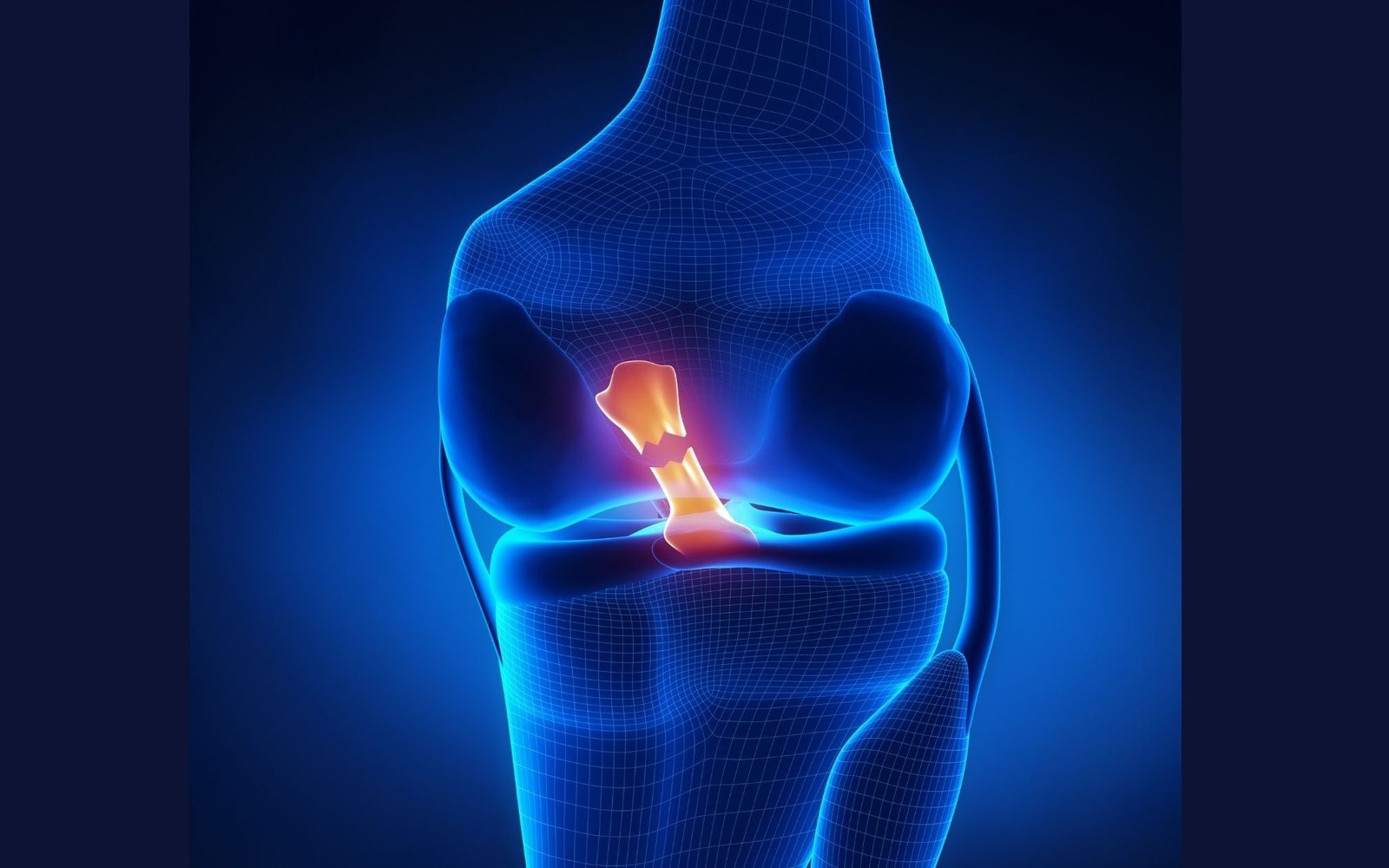
ACL injury is a serious knee issue that results in knee instability during walking, stair climbing, etc. It is commonly seen in sports injury cases, and athletes are most vulnerable, but it may happen to anyone during activities like jumping and twisting.
If we recognize the early symptoms of a torn ACL, we can quickly seek medical attention.
In this article, we will try to understand its early symptoms what we can do immediately at home and when to seek medical help.
Table of Contents
How do you know if your ACL is damaged?
So, How do you know if your ACL is damaged?
To know this you must learn the common symptoms of ACL tear. We will come to this but let’s first discuss the frequent casues that result in this injury.
ACL is a small ligament inside the knee that has a crucial role in maintaining the stability of the knee joint. When it gets injured it affects knee stability and hampers normal walking and stair climbing.
ACL stands for A
They have to be strong enough so as to bear the
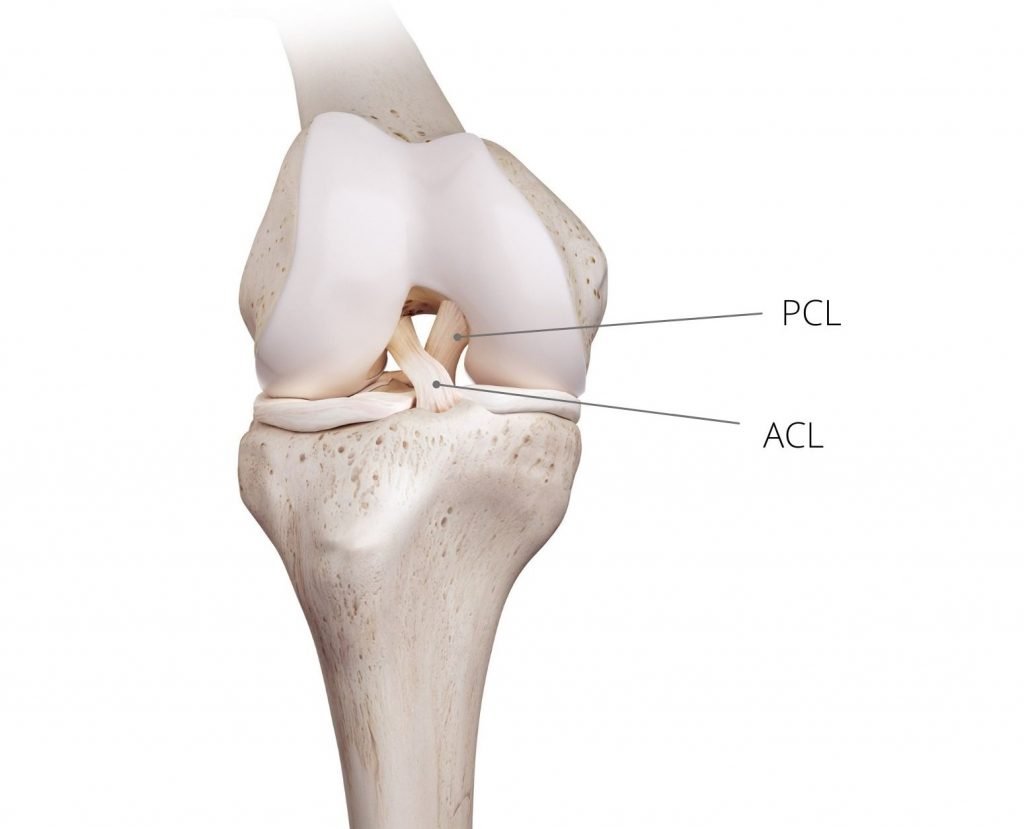
The cruciate ligament connects the femur bone above with the tibia bone below. ACL and PCL cross each other as shown in the figure.
ACL is attached to the anterior part of the tibial plateau and extends upwards and backwards to get attached to the back of the femur on the
Another very important role of ACL is, that they prevent backward displacement of the
So, what is the symptoms of ACL injury?
Symptoms of ACL injury
In high intensity sports like football, the ACL injury sufferer often describes that they heard a loud pop from the knee. This is immediately followed by intense pain in the knee after a while.
Because of this, their walking becomes painful and they start limping. Within a few hours, swelling develops around the knee. Due to pain weight-bearing activities like walking, and stair climbing become difficult.
After a few days, the sufferer complains of knee instability while walking on uneven ground, and climbing up & down the stairs with pain and swelling that comes and goes.
It is very common among young athletes engaged in active sports like football, hockey, and jumping, but it’s not exclusive. It can also happen to a common person like you and me.
Suppose we are stair climbing and at one particular moment a slight twist at the knee is enough to produce an ACL injury. Let us try to understand ACL injury with this true incidence of a football player.
Case study of ACL injury
A 21-year-old young man was playing football and in the heat of the game he sustained serious knee injury and his knee got locked. “Crying out of severe pain I fell to the ground holding my left knee. My knee got locked“ said the young student who is an occasional player.
The friends and fellow players came and fixed knee by unlocking it and rushed him to the hospital with ice packs on the knee. He said “by the time I reached hospital my pain was reduced. The doctor prescribed some medicine and advised for an MRI
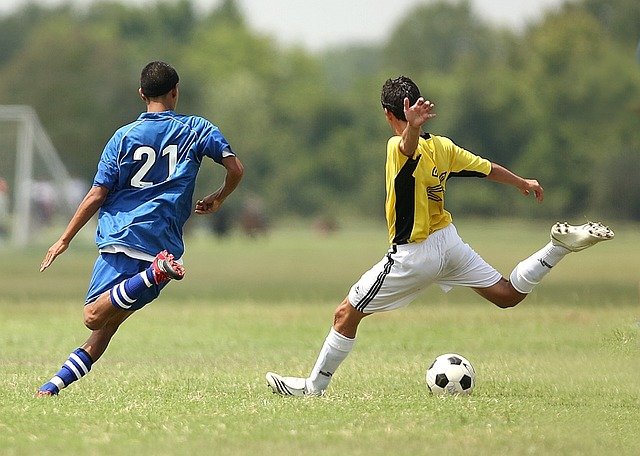
When there is a forceful extension of the knee with medial rotation of the femur the knee gets locked. This movement is known as ‘Screw-home mechanism’. When there is a sudden and violent ‘Screw-Home mechanism’ it leads to ACL injury.
This explains why the young man injured his ACL while trying to kick the ball with his right leg. He was standing only on his left knee. Due to momentum, the left knee is subjected to an excessive extension.
While trying to kick the ball from the right leg, the left knee was further subjected to rotational force.
What to do immediately at home
When you observe all the symptoms we discussed, you should immediately apply ice over the knee and take rest. We have to follow a protocol known as the RICE protocol.
This protocol is easy to follow at home and if you apply it you will see significant improvement in pain and swelling.
In RICE protocol, R stands for Rest, I implies Ice, C for Compression, and E means Elevation. You need to follow the protocol for 3 to 4 days or even a week, let me elaborate on each of these for you.
- R for Rest: Immediately after an injury you avoid any kind of physical activity and take a rest for at least a week. during this rest, the period follows other steps of the protocol.
- Ice: Apply ice packs over the knee which is extremely beneficial for reducing the swelling. You can either use ice cubes or ice gel packs or ice bags for 10 minutes 3 to 4 times daily.
- Compression: We can use a crepe bandage or a pain knee brace for it. Compression also helps control the swelling.
- Elevation: During the entire rest period keep your leg elevated using a layer of two pillows. This will drain out any fluid retention around the knee and lower leg.
Exercises after ACL injury
If you find that the swelling is reducing after following the RICE protocol, you should immediately start knee exercises. Exercises help maintain muscle tone around the knee which is important for the stability of the knee.
We have already covered the exercises in a very detailed manner in one of the previous articles “7 Best Knee Ligament Injury Treatment Exercises“. We recommend you go through this article.
Other treatments for ACL tear
If conservative management doesn’t respond to the sufferer still complaining of knee instability then ACL reconstruction surgery is the preferred mode of treatment. The surgical procedure involves the reconstruction of the injured ligament.
After surgery post-operative physiotherapy is very crucial for getting back to work. One needs to follow a strict rehabilitation protocol and exercises to rehabilitate back to the work.
Please refer to this article for post-surgical ACL rehabilitation protocol: ACL reconstruction protocol: Step-by-step guide
The author is a physiotherapist who has been practising for the last 17 years. He holds a Bachelor's in Physiotherapy (BPT) from SVNIRTAR (Swami Vivekananda National Institute of Rehabilitation and Research), one of the prestigious physiotherapy schools in India.
Whatever he learns dealing with his patient, he shares it with the world through blogs and e-books. He also owns a YouTube channel, "Sunit Physiotherapist" with over 8 lakh active subscribers. Here, he shares everything he gets to learn serving the patient.





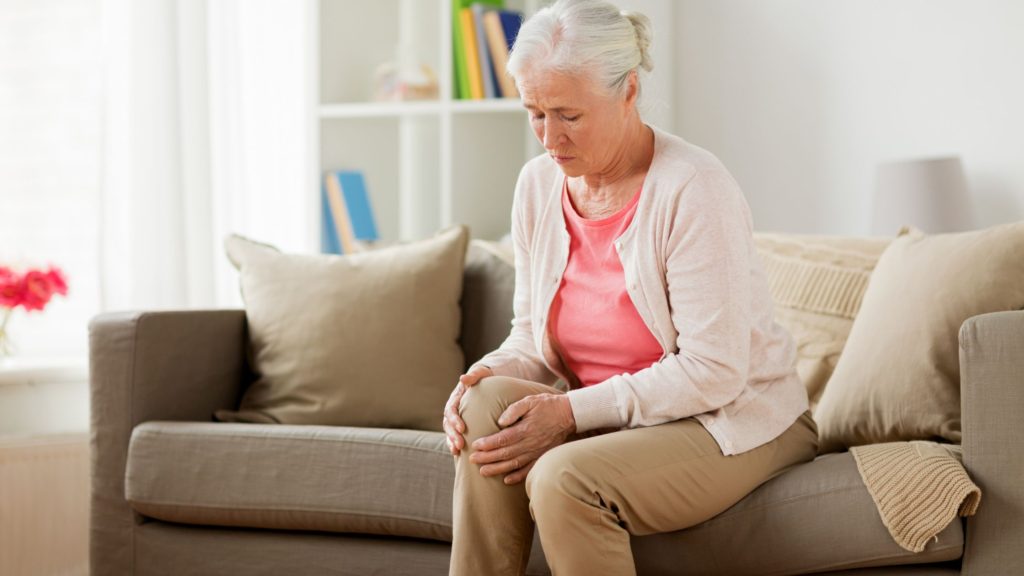
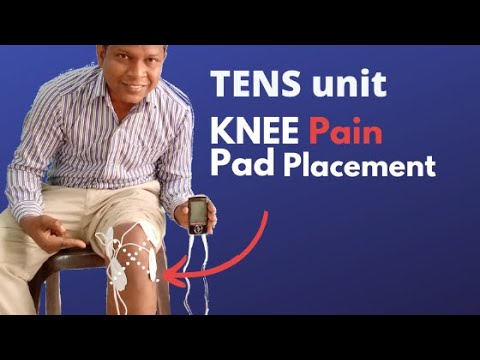

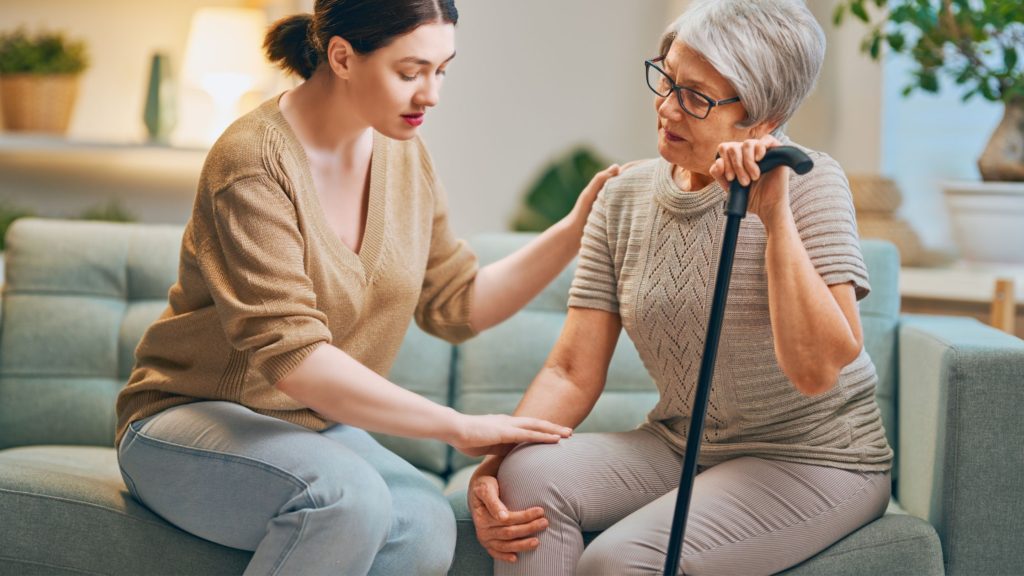
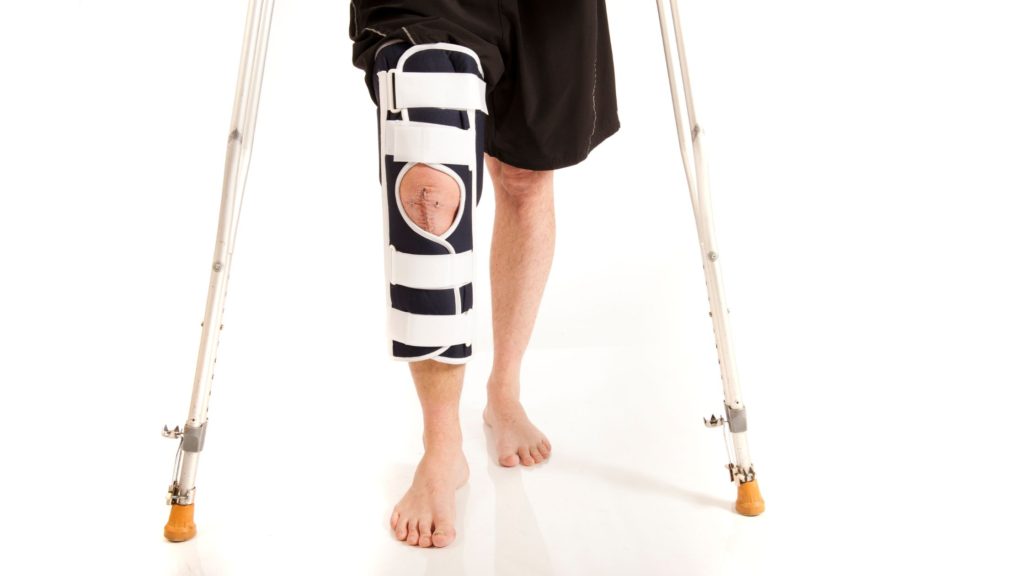
Pingback: ACL reconstruction protocol Step-by-step guide - Physiosunit